How much does college cost now?
Here’s how the cost of college tuition has changed—and how parents are paying for it.
It’s never too early to start planning for your children’s or grandchildren’s college expenses. Understanding the costs of college, ways to pay and financial aid sources can help—especially since the costs shown below are likely to rise.
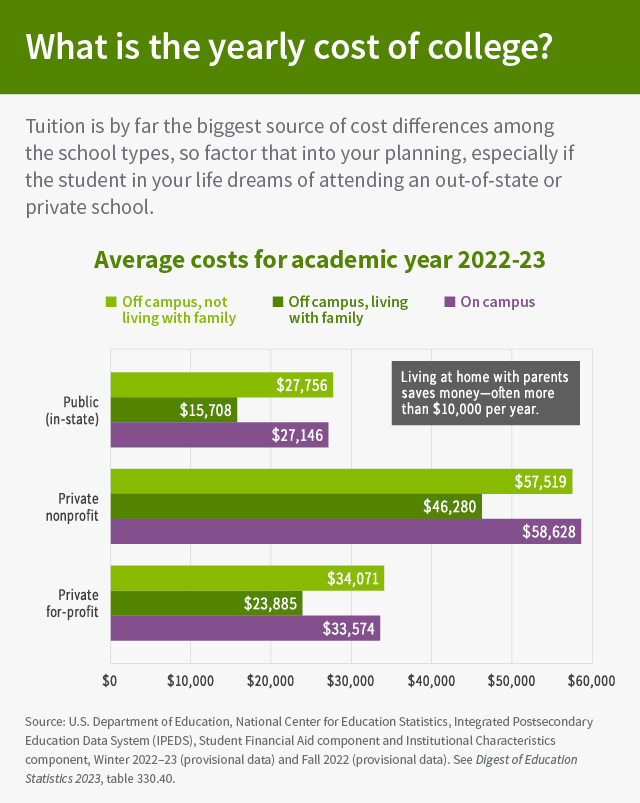
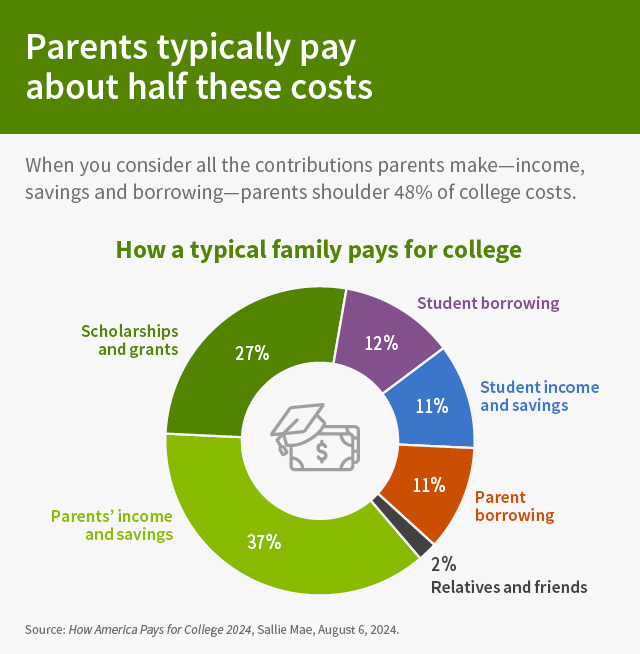
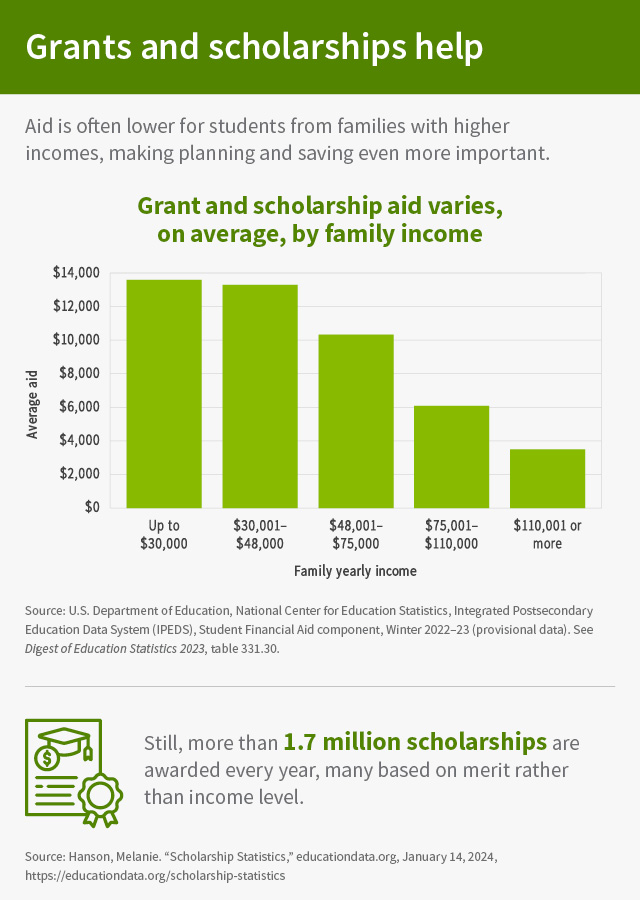
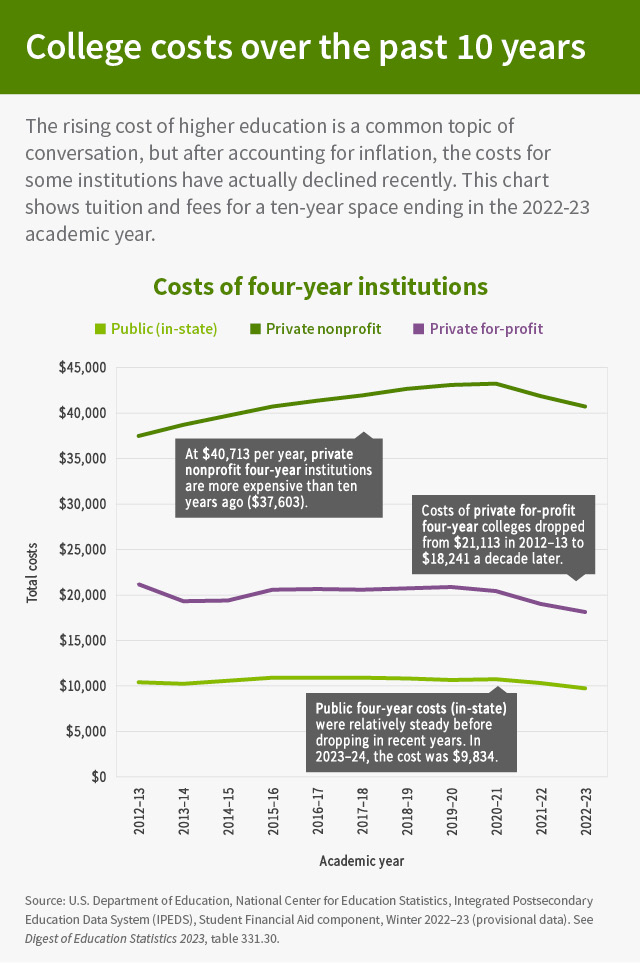
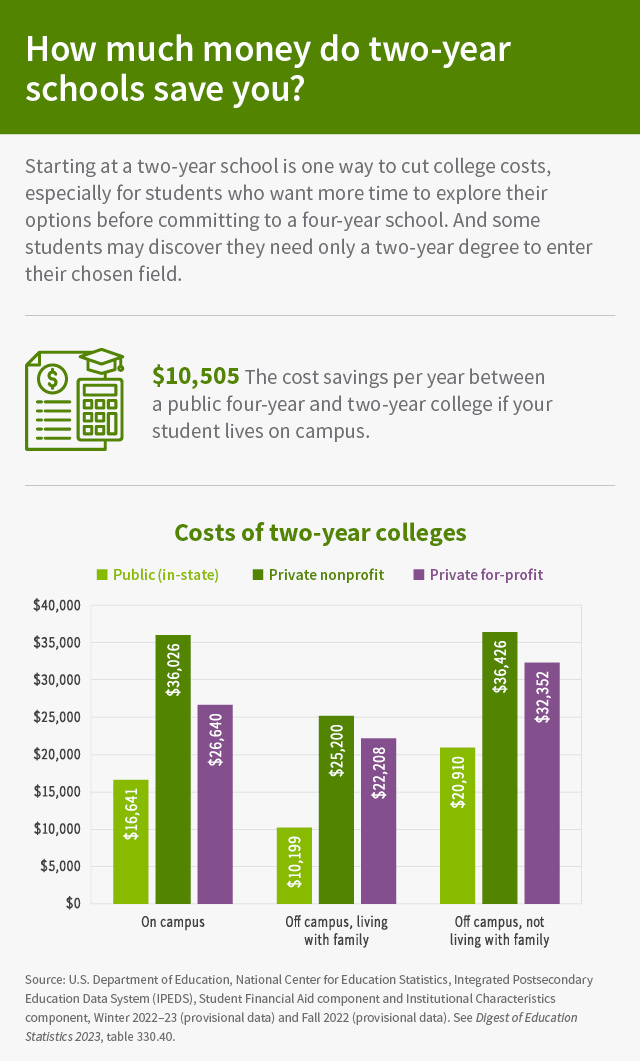
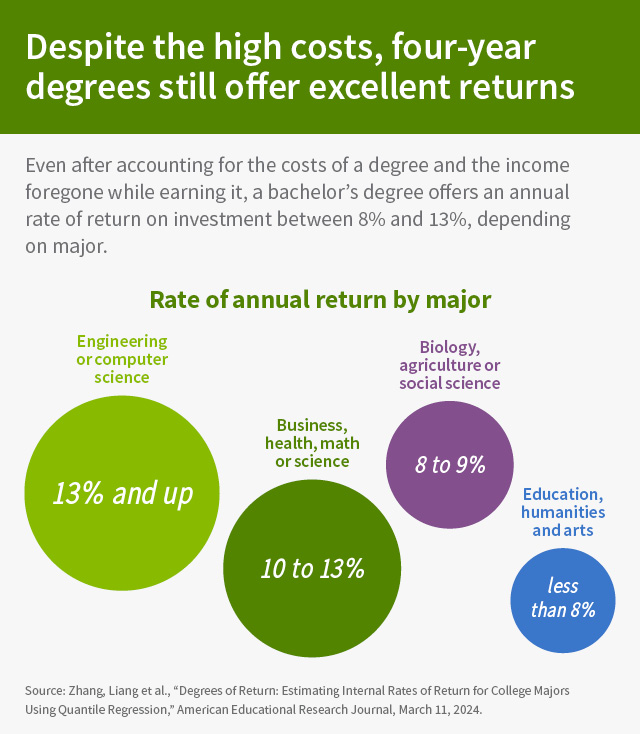
Start today
- Read more: 7 Powerful benefits of 529 plans.
- Learn more: Take our Banking for College Students course.
- Take action: Find additional Next Step resources to help you better understand college finances.






